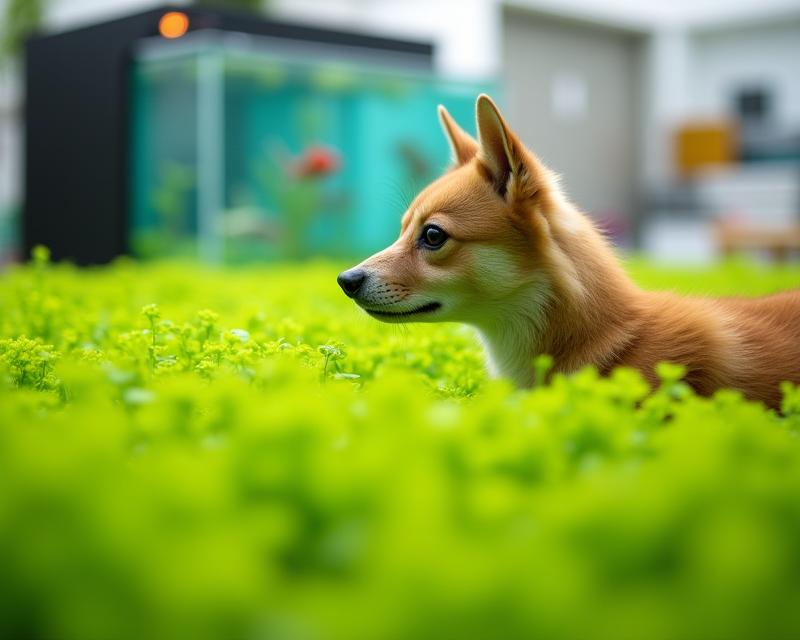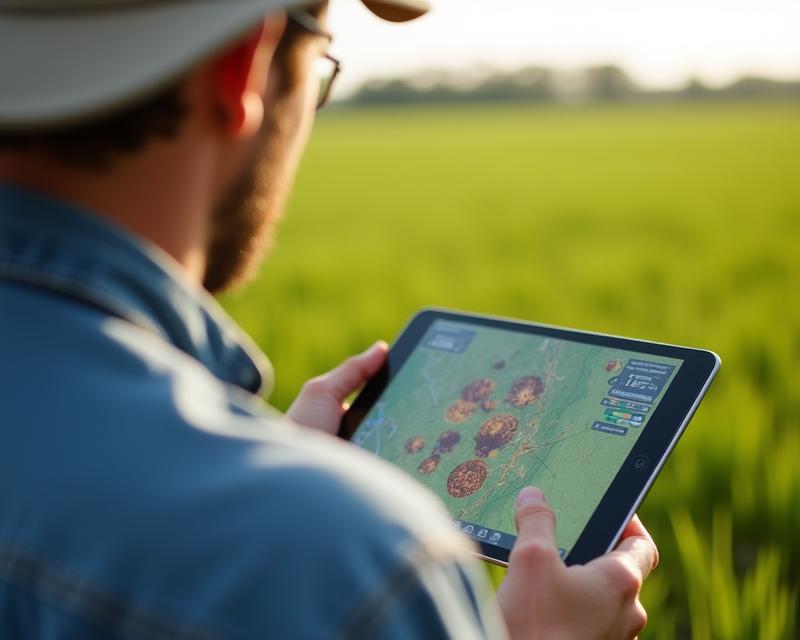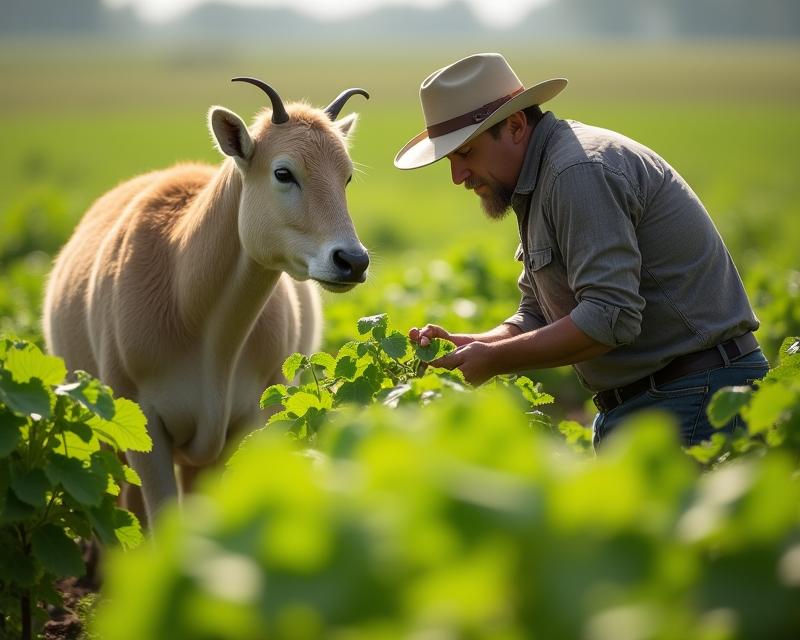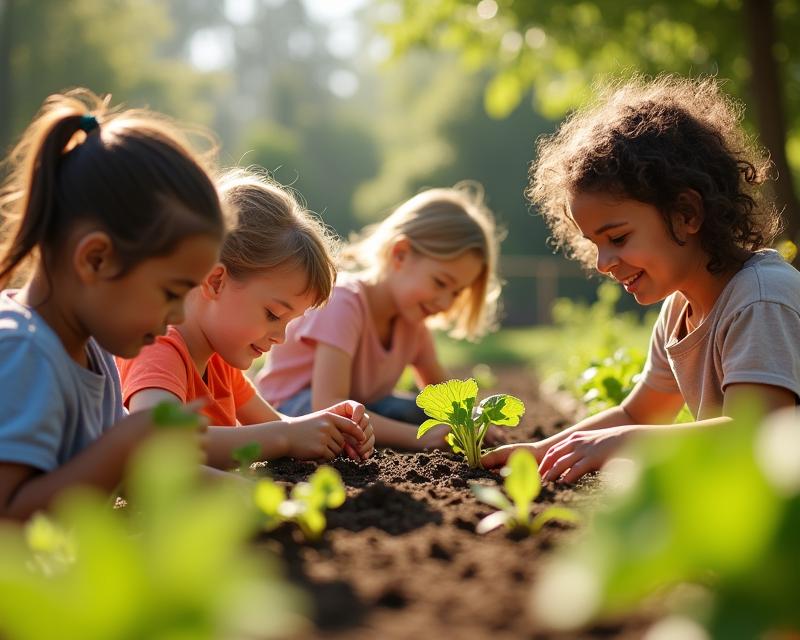Urban Grains: Hydroponics & Aquaponics for Micro-Cereals
Publish in Sustainable Farming el 23/07/2025 17:03
Urban Grains: Hydroponics & Aquaponics for Micro-Cereals
For generations, grain production has been tied to vast fields of soil. But what if we could bring grain production closer to home? With the rise of urban farming and a growing interest in sustainable food systems, hydroponics and aquaponics are opening up exciting possibilities for growing micro-cereals – a fantastic way to diversify your farm or garden!

What are Micro-Cereals?
Micro-cereals are a group of grains that are smaller than traditional wheat, rice, or corn. Think of amaranth, quinoa, millet, and teff. They’re incredibly nutritious, packed with protein, fiber, and essential minerals. They also tend to be more resilient to challenging growing conditions than larger grains, making them ideal for indoor cultivation.
Hydroponics: Growing Without Soil
Hydroponics is a method of growing plants without soil, using mineral nutrient solutions in a water solvent. It's a highly efficient way to produce crops, especially in controlled environments. For micro-cereals, you can use various hydroponic systems like deep water culture (DWC), nutrient film technique (NFT), or even wick systems. DWC involves suspending the roots in a nutrient-rich solution that is aerated to provide oxygen. NFT involves a thin film of nutrient solution flowing over the roots. The key is to provide the plants with everything they need directly from the nutrient solution.
Aquaponics: A Symbiotic System
Aquaponics takes hydroponics a step further by integrating fish farming. Fish waste provides nutrients for the plants, and the plants filter the water for the fish. This creates a closed-loop system that is incredibly sustainable. Tilapia or trout are common choices for aquaponic systems, but you can also explore other options. The plants, like micro-cereals, thrive on the nutrient-rich water, while the fish benefit from a clean environment. It’s a fantastic way to combine grain production with protein production, maximizing your resources.
Getting Started
Starting with micro-cereals in a soilless system requires some initial investment in equipment, but the long-term benefits are significant. Start small, experiment with different systems, and monitor your plants closely. Pay attention to nutrient levels, pH, and water quality. There are plenty of resources available online and from agricultural extension offices to help you get started. Growing micro-cereals hydroponically or aquaponically can be a rewarding way to contribute to a more sustainable food future and diversify your farm income. It’s a fantastic way to adapt to changing climates and create a resilient food system right in your backyard or on your farm!





